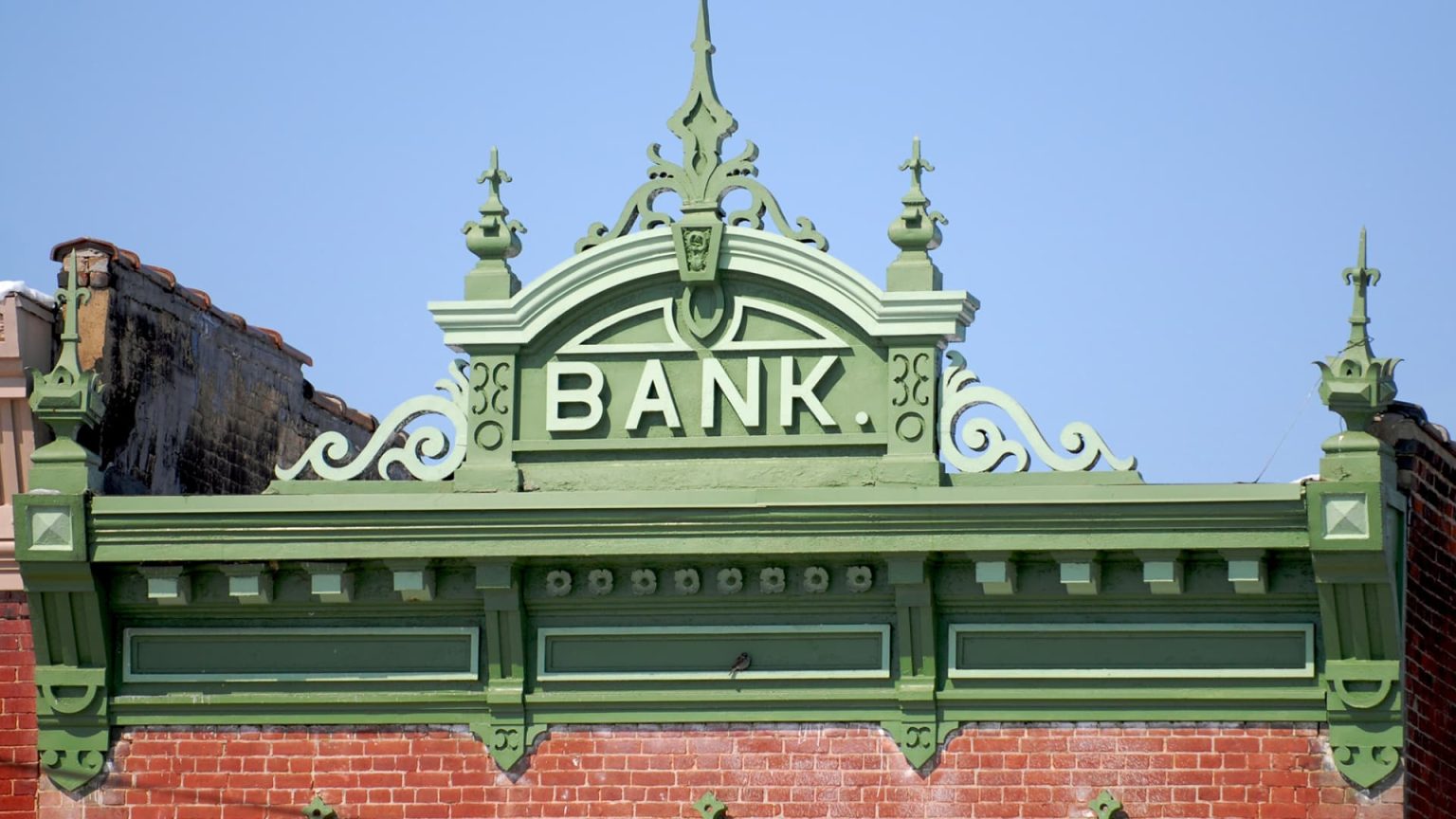With the Federal Reserve expected to pause its rate-hiking campaign at this week’s meeting, regional banks stocks have made a comeback, but that doesn’t mean all the trouble is in the rearview mirror. “This banking situation was certainly, in large part, caused by the Fed and their aggressive rate-hiking policy,” said Jack Ablin, chief investment officer at Cresset Capital. With a likely pause ahead, it “takes one of those big challenges off the table.” Ablin said he expects the central bank to keep rates high for the moment, which means there will still be “a fair amount” of rate pressure on banks trying to keep deposits. Heading into this week, bank shares had logged a four-week-long advance. But the stocks swooned on Monday after several banks warned that net interest income would come in lower than expected. Still, the upward march resumed on Tuesday, begging the question of what’s ahead for bank stocks. The group is still far below from where it traded in March, when a banking crisis was set off by the collapse of Silvergate Capital, Silicon Valley Bank and Signature Bank in quick succession. The KBW Regional Banking Index has gained about 20% over the past month, but it remains down more than 18% since the year began. Over the past month, PacWest Bancorp , the gauge’s worst performer, has gained 88%. But its shares remain down nearly 63% year to date. A sharp eye on deposits Investors have been carefully watching deposits, and the news there has been good, according to Federal Reserve’s data. Deposits rose $29.5 billion at large and small U.S. banks in the week ended May 31. It was the third weekly gain for deposits, and it likely helped drive a $33.1 billion increase in commercial bank assets during that same period, on a seasonally adjusted basis. “While deposits might start to decline again if the Fed ends up hiking further, recent data suggest that the rapid pace of outflows immediately after the failure of SVB was a short-lived phenomenon,” Bank of America economist Aditya Bhave wrote in a research note Monday. “The 13-week annualized change in deposits at large and small banks was -2.5% and -14.1%, respectively.” While credit conditions still could tighten, the balance sheet data suggests the bank failures earlier in the year didn’t cause a “significant economic shock” and trends are “encouraging,” Bhave said. That said, Morgan Stanley analyst Betsy Graseck warned Monday that the Treasury General Account (TGA) will need to be refilled now that the debt ceiling issue has been resolved. As the Treasury sells tens of billions of dollars in Treasury bills, it could pressure bank deposits. Graseck predicts that a reacceleration of deposit outflows would snuff out the bank stock rally. “Last month, we suggested that the post-earnings decline in bank stocks was overdone given that there was no evidence that deposit outflows had re-accelerated in 2Q23,” Graseck wrote in a research note. “Following evidence in the Fed H.8 data that deposits have indeed stabilized through the month of May, the group is up ~15%+ from their troughs.” But gains are limited from here, she said, as the market waits for more clarity on the deposit outlook amid the TGA restocking. According to Morgan Stanley, the average TGA balance in June 2022 was $750 billion, but the Treasury’s cash bottomed out at $23 billion on June 1. The restocking has begun, but the firm anticipates the Treasury needs to issue an estimated $600 billion in T-bills by the end of the third quarter to always keep five days of spending on hand. Morgan Stanley is predicting a $525 billion drain from bank reserves by September. This is because quantitative tightening is still draining bank reserves, it said. Valuations are low Still, it may take some time for this trend to play out. More immediate headlines may influence stocks on a day-to-day basis. During last week’s rally, Nicholas Colas, co-founder of DataTrek Research, noted that even with stocks’ gains, valuations were quite low and dividend yields were above average. In addition, regional bank earnings estimates, which had been cut severely in March and April, had leveled off in May. “With earnings expectations now stable and valuations still at a deep discount to the overall U.S. equity market, bank stocks should be able to claw back more of their YTD losses,” he wrote on Thursday. “In fact, this process appears to already be underway.” But then came warnings Monday from Citizens Financial Group , KeyCorp, Huntington Bancshares and Truist Financial about net interest income being weaker than expected. All the banks presented at a Morgan Stanley U.S. Financials, Payments and CRE Conference in New York. Deutsche Bank analyst Matt O’Connor said the banks were likely hurt by a combination of higher rates, higher deposit betas and continued deposit remixing. Consolidation ahead? Ablin expects the difficult environment for banks will result in some consolidation. “If we see the big banks gobbling up the smaller banks, that should really put a floor on banks’ valuation and likely create opportunities for them,” he said. KEY YTD mountain Key has recovered some of the losses that occured during the banking crisis that began in March, but the stock is still down more than 42% since the start of the year. He named KeyCorp and Truist as examples of two well-run banks in “decent-sized markets” that could likely benefit from getting larger. TFC YTD mountain Truist shares are off their lows for the year but the stock is still down 27% year to date. Meanwhile, investors who want exposure to financial stocks could also consider names that aren’t regarded as being in the traditional retail banking business, such as Capital One , Albin said. “We have it in our large-cap portfolio,” he said. “It’s a high quality company.”
Read the full article here




